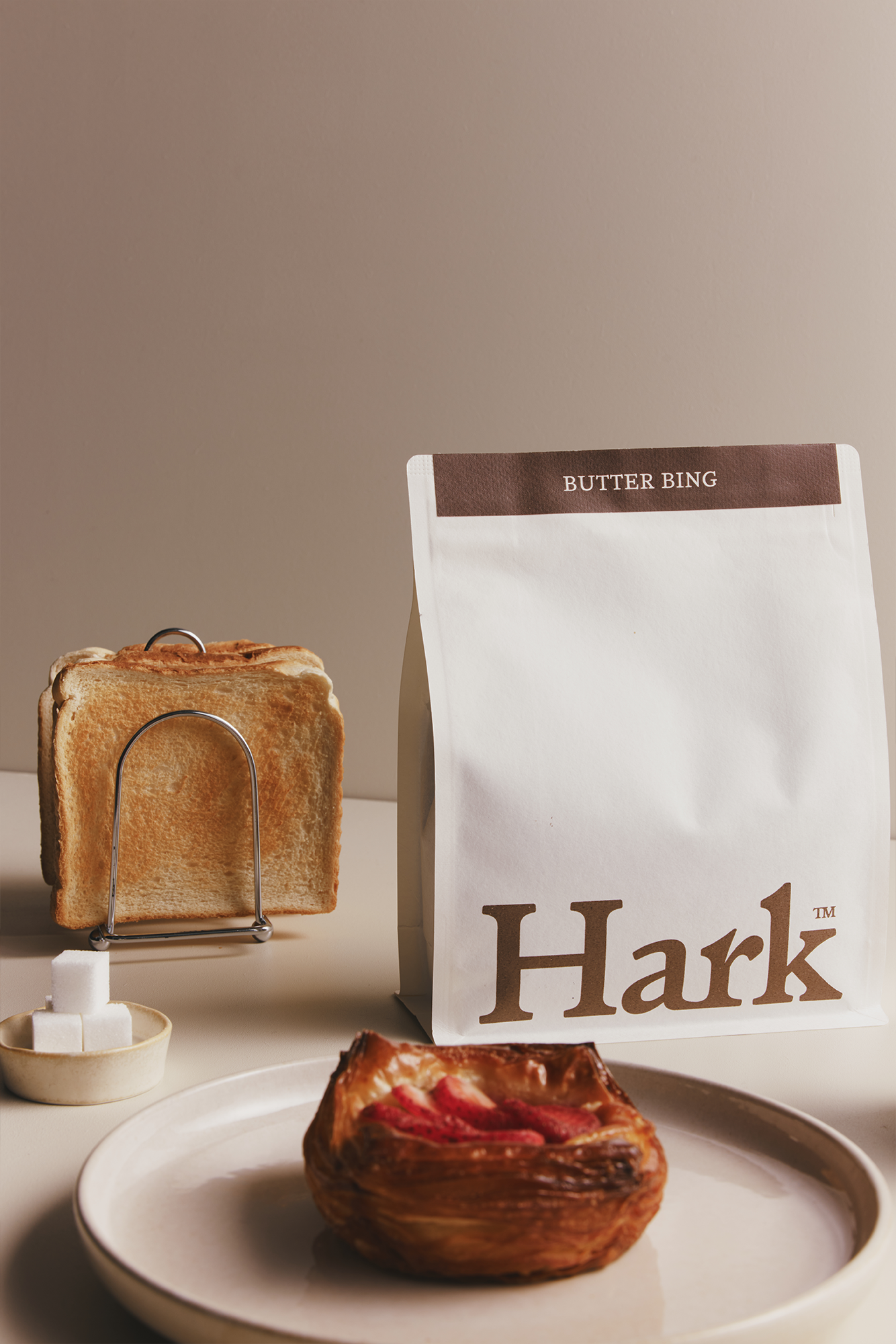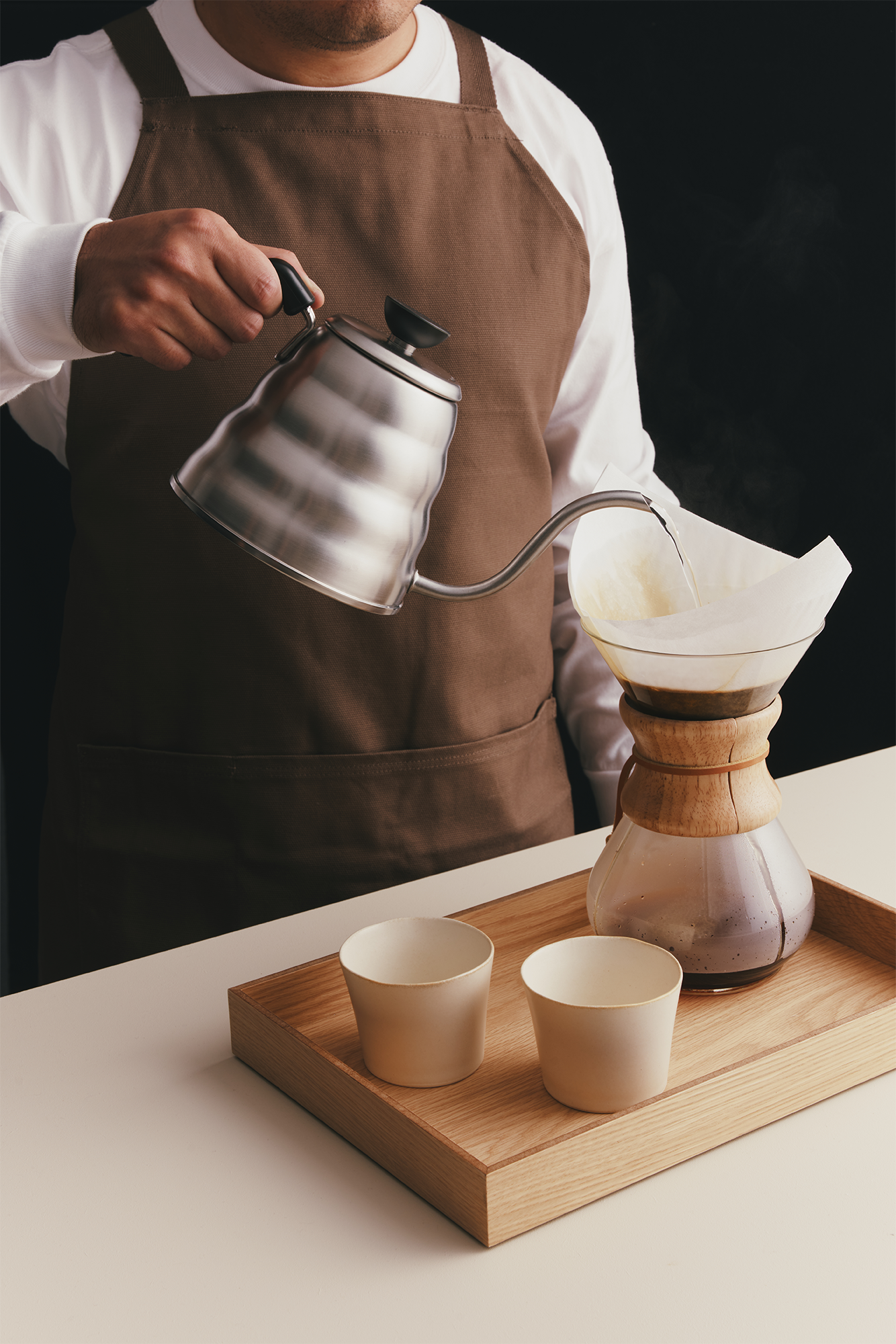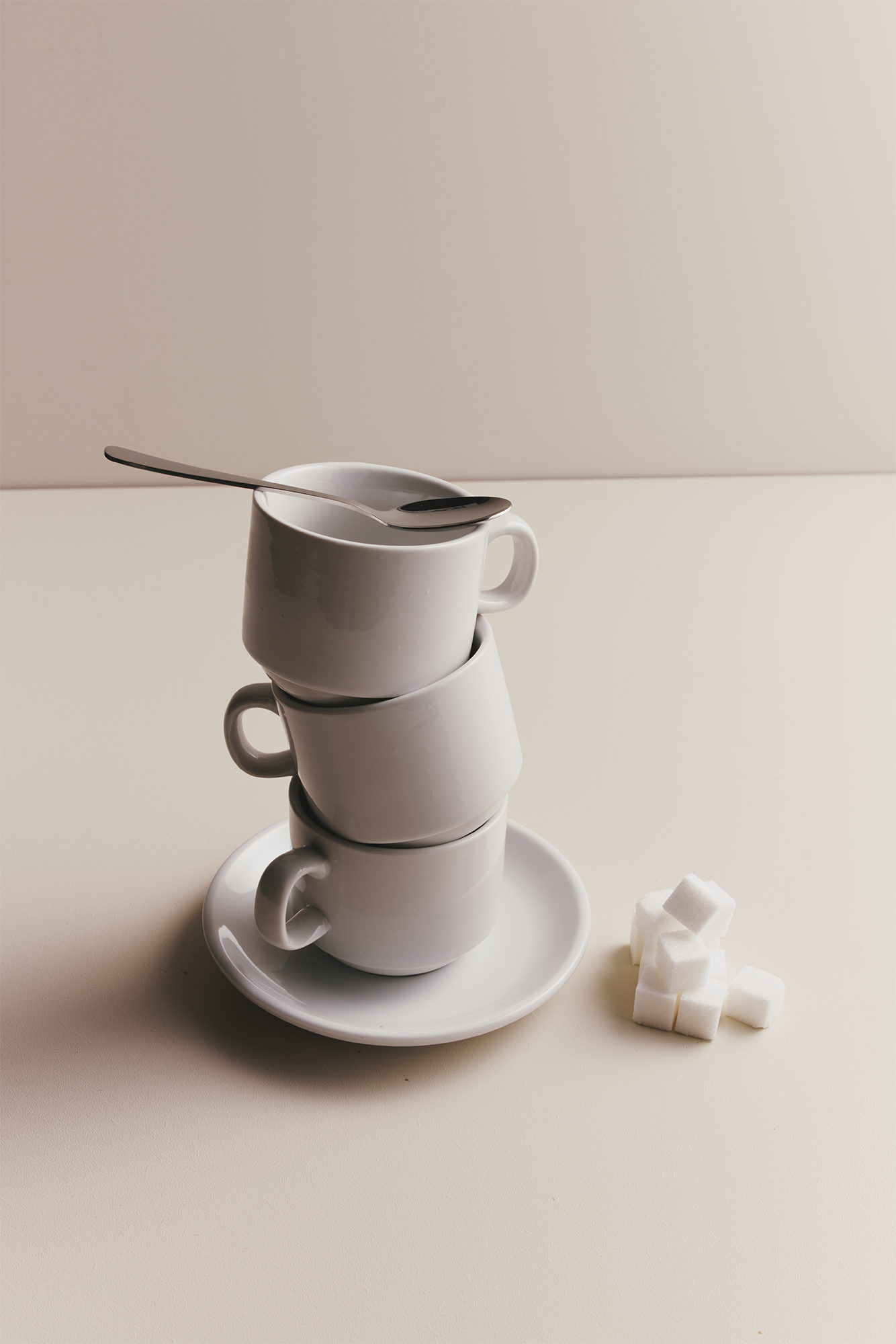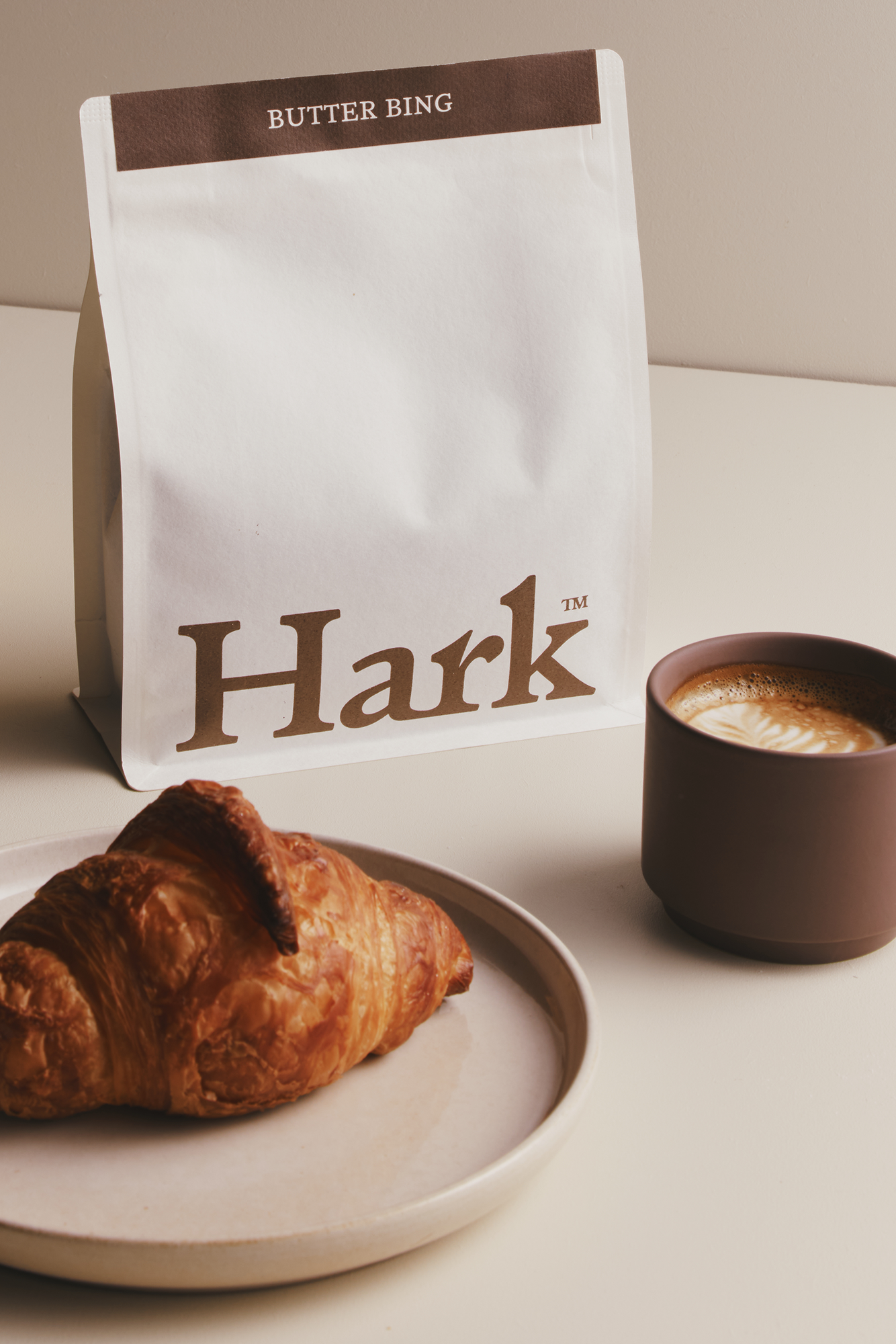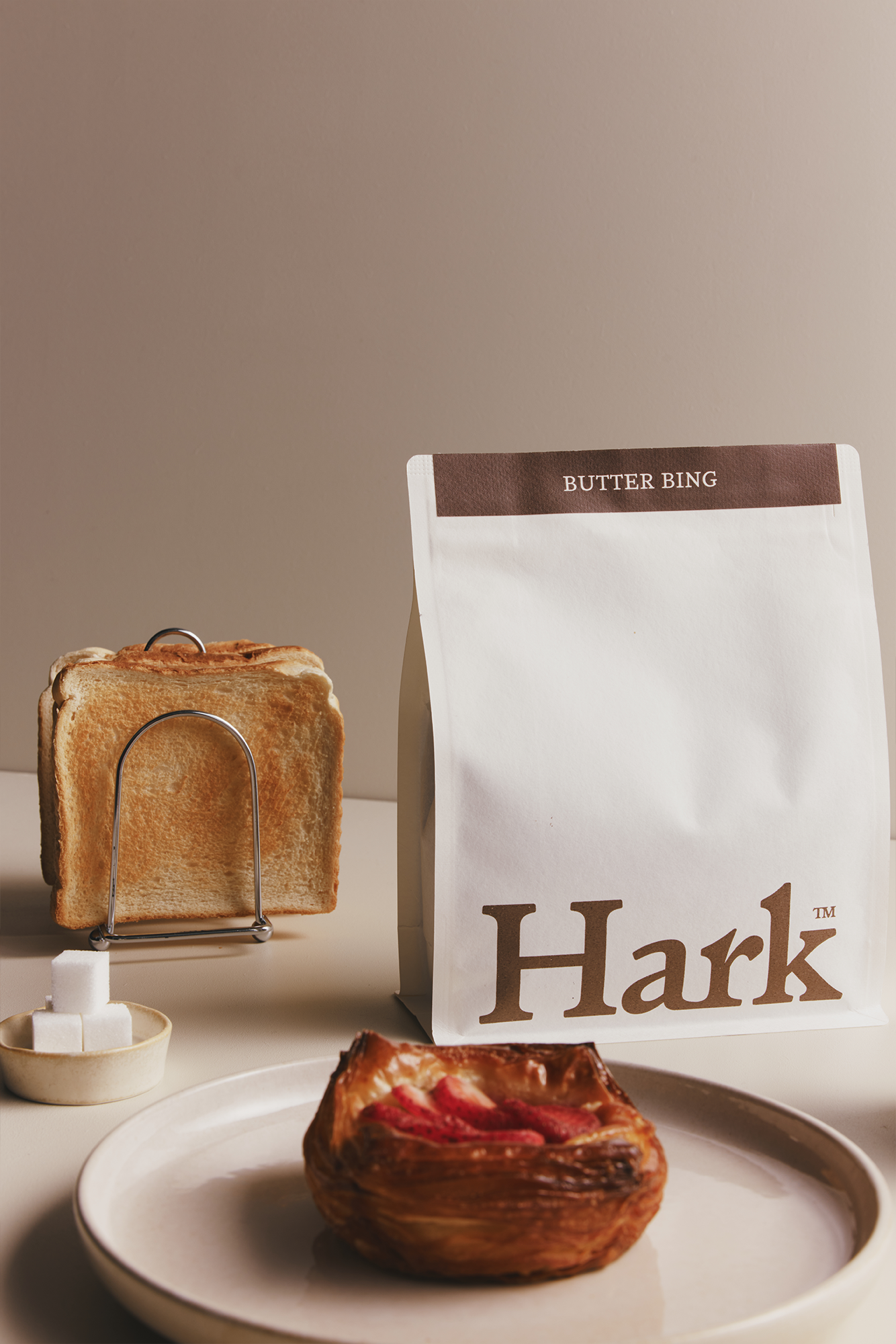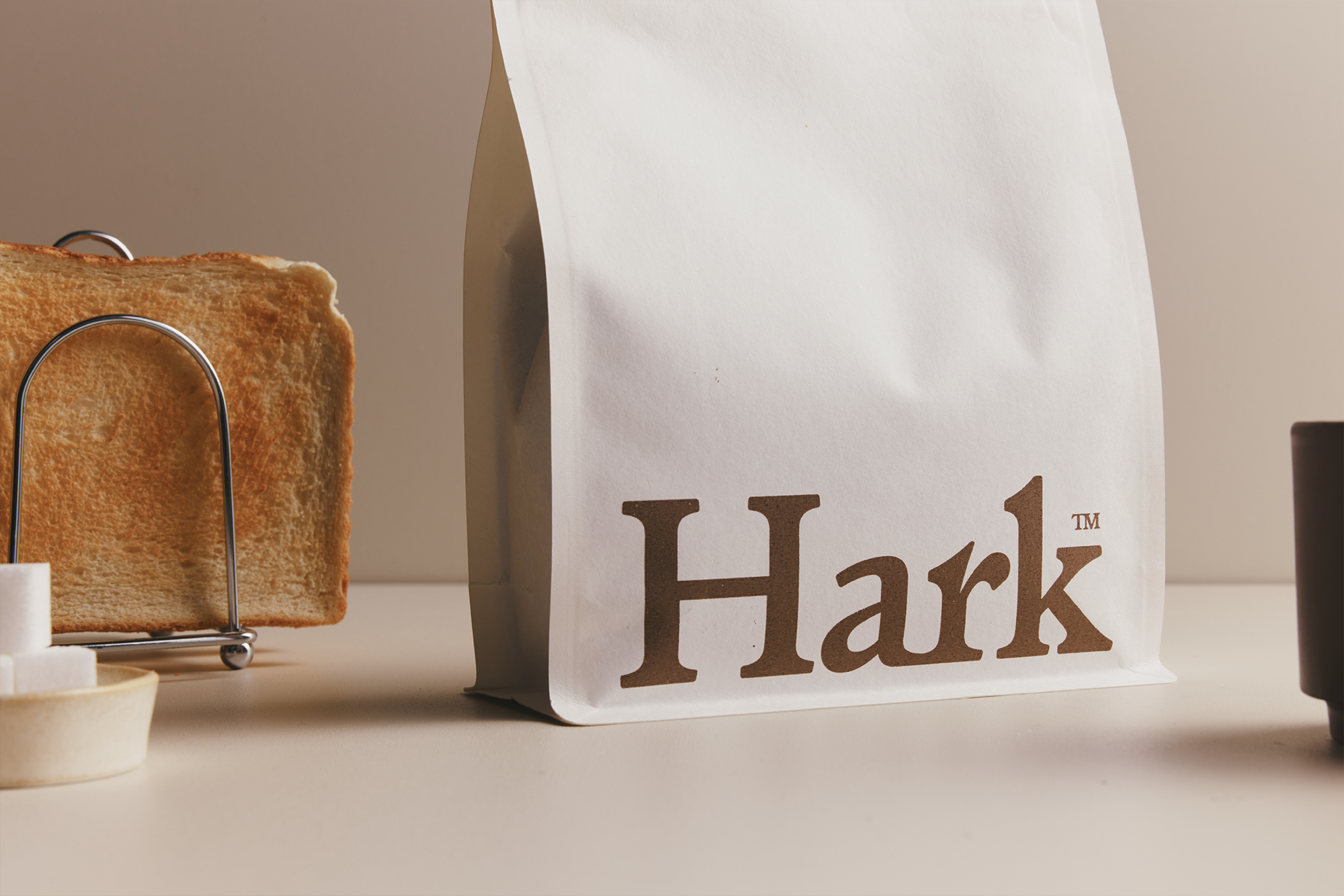Brazil has faced severe droughts and frost in recent years, damaging crops and reducing yields. Colombia, on the other hand, has been hit by heavy rainfall, disrupting harvests and affecting bean quality. These weather events mean fewer beans on the global market—especially the high-quality arabica beans that specialty roasters prefer.

With less supply from key producers, importers in Australia face higher costs and fewer choices. Melbourne’s busy café scene and Adelaide’s growing coffee culture both feel the pressure. Delays at origin ports and tighter stockpiles mean prices go up and availability can fluctuate. Some roasters now pay nearly double what they did a few years ago for green beans.
To manage these challenges, importers and roasters are diversifying their sources—looking beyond Brazil and Colombia to places like Peru and Ethiopia. Many adjust their blends to keep flavour and pricing consistent, while roasters tweak their methods to suit new or lower-grade beans. Others secure contracts or hold extra stock to ride out the ups and
downs.
While you might not notice every change, the industry is working behind the scenes to keep your coffee high quality and reasonably priced. That flat white may eventually cost a little more, but thanks to these adaptive strategies, Australian coffee remains remarkably resilient—even in an unpredictable climate.

